php website development
PHP (Hypertext Preprocessor)
is a widely-used open-source server-side scripting language designed for web development. PHP is primarily used for creating dynamic and interactive websites. It can be embedded into HTML, which makes it a popular choice for server-side development. PHP is compatible with many databases, including MySQL, PostgreSQL, and others, and can work seamlessly with various content management systems (CMS) like WordPress, Joomla, and Drupal. PHP is versatile and highly customizable, offering
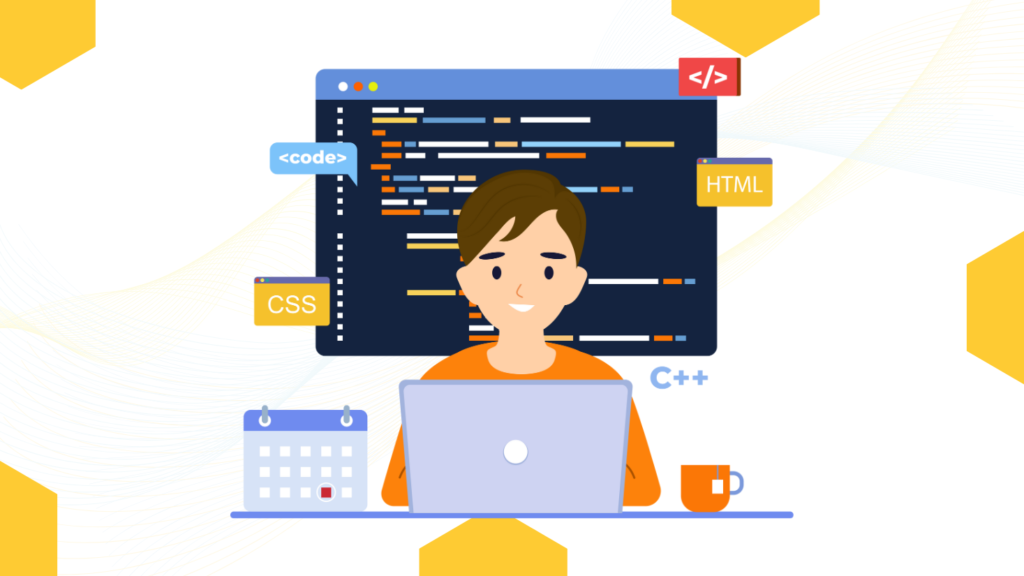
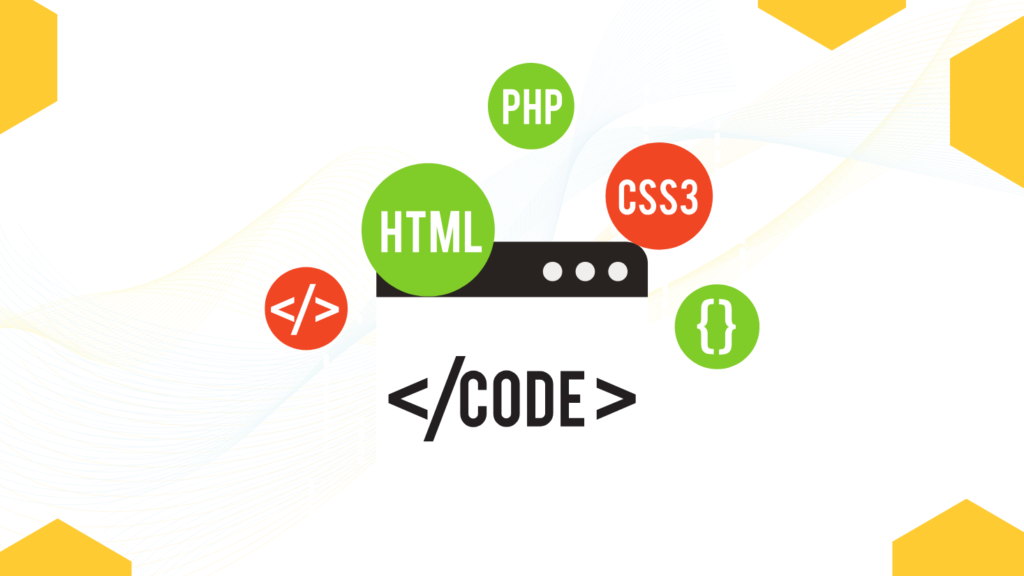
PHP Website Development Process
Planning & Requirements Analysis
- Understanding the project goals, target audience, and required features of the website.
- Identifying whether the website is informational, transactional (e-commerce), or interactive (social network, blog, etc.).
- Designing the Website
- UI/UX Design : Designing the website’s user interface (UI) and user experience (UX) for a clean, user-friendly layout.
- Creating wireframes and prototypes before the actual development begins.
Setting Up Development Environment
- Setting up a local or remote server for development, such as Apache, Nginx, or XAMPP.
- Choosing a database (e.g., MySQL, PostgreSQL) and setting it up.
Front-End & Back-End Development
- Front-End : Building the front-end of the website using HTML, CSS, JavaScript, and frameworks like Bootstrap or Vue.js.
- Back-End : Using PHP to handle server-side logic, database interactions, and business logic. Developers may use frameworks like Laravel or CodeIgniter to speed up development.
- Integrating PHP with front-end code to create dynamic web pages and forms.
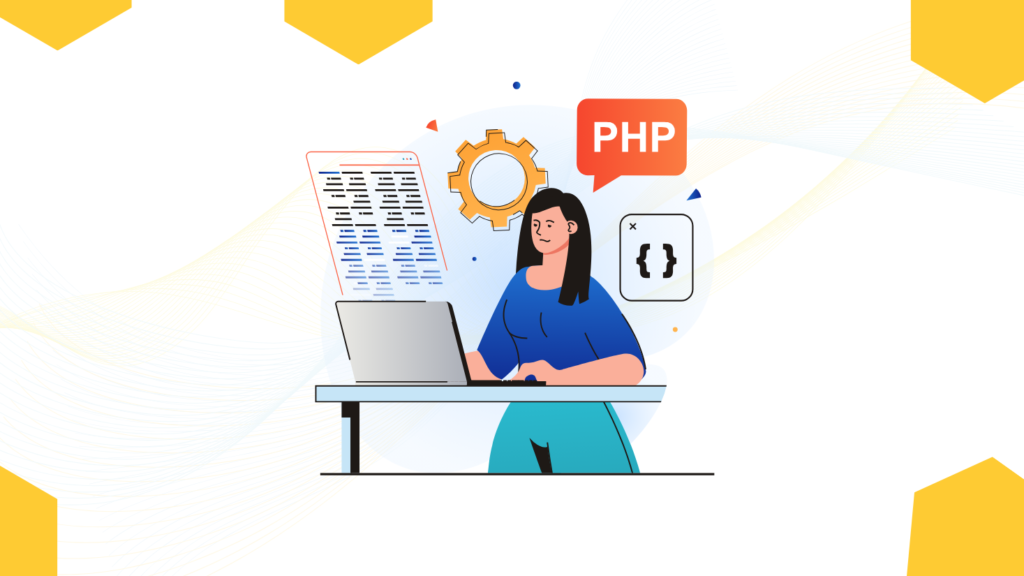
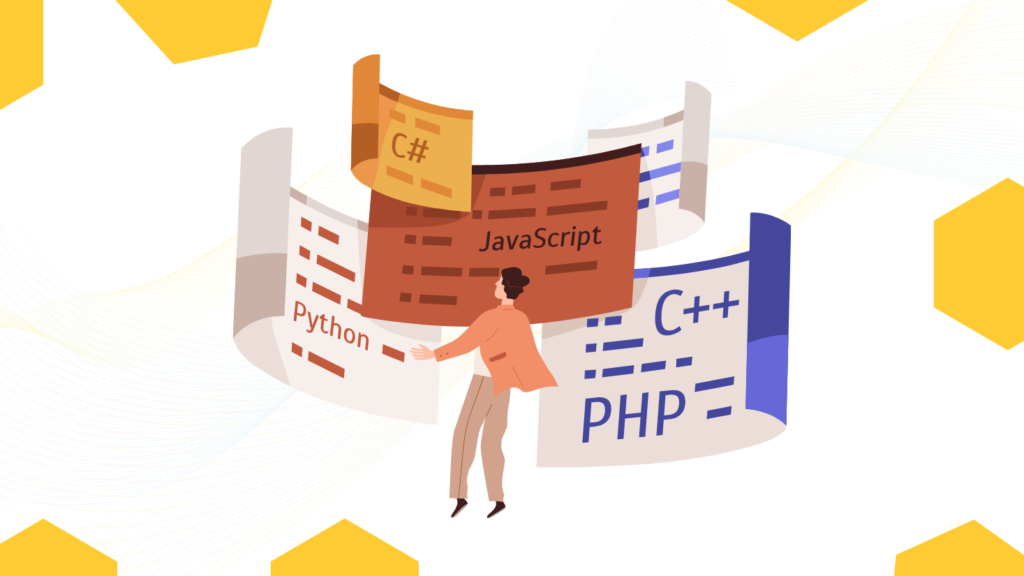
Database Design & Integration
- Designing the database schema and relationships for the website’s data storage needs (e.g., user data, product listings, etc.).
- Implementing database queries using PHP’s PDO (PHP Data Objects) or MySQLi extension to interact with the database.
- Reporting Dashboards : Create interactive dashboards to visualize performance metrics, sales reports, and other KPIs.
- Testing & Debugging
- Testing the website for functional errors, performance issues, security vulnerabilities, and browser compatibility.
- Using tools like PHPUnit for unit testing and Xdebug for debugging PHP code.
Deployment
- Deploying the website to a live server after thorough testing. This involves setting up the hosting environment (e.g., Apache, Nginx) and migrating the database.
- Configuring domain names, SSL certificates, and other hosting services.
- Maintenance & Updates
- After deployment, ongoing support and updates are necessary to keep the website functional and secure. This includes patching security vulnerabilities, updating content, and adding new features.
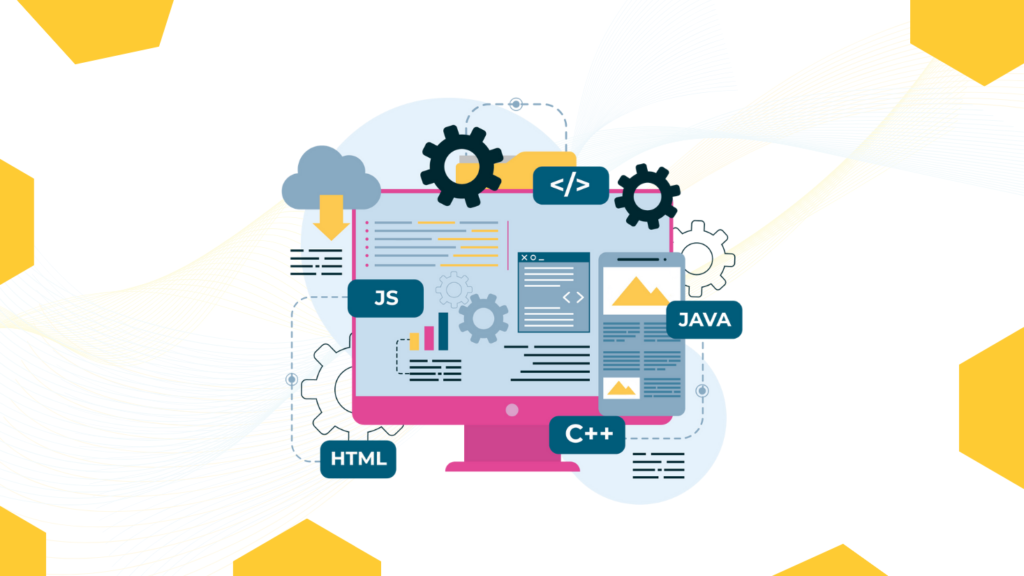
Front-End & Back-End Development
- Front-End : Building the front-end of the website using HTML, CSS, JavaScript, and frameworks like Bootstrap or Vue.js.
- Back-End : Using PHP to handle server-side logic, database interactions, and business logic. Developers may use frameworks like Laravel or CodeIgniter to speed up development.
- Integrating PHP with front-end code to create dynamic web pages and forms.
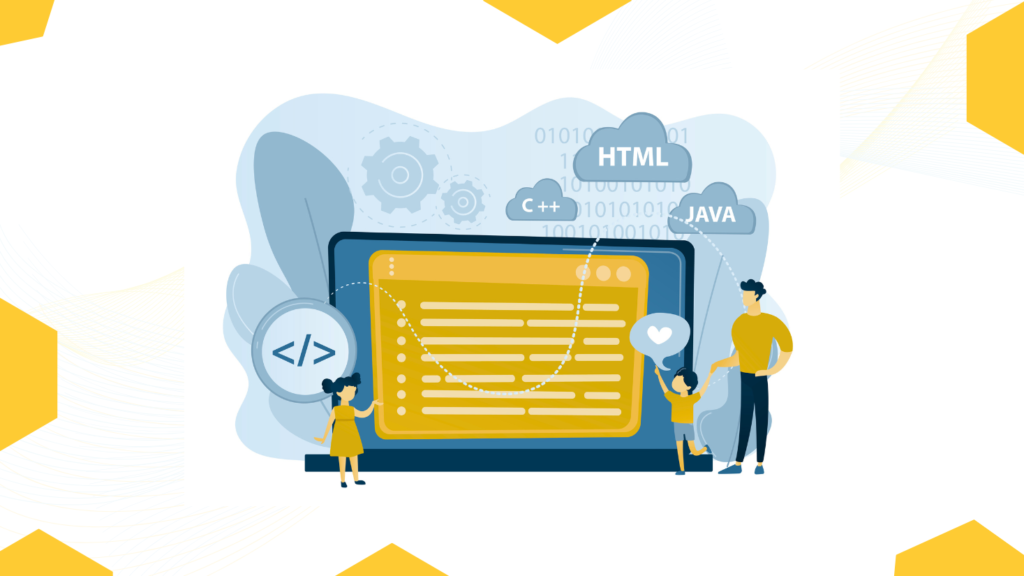
PHP Website Development Services
- Custom PHP Web Development
- Tailored development solutions for building dynamic and responsive websites that meet business-specific needs.
- E-commerce Solutions
- Development of e-commerce websites using PHP-based platforms like Magento, WooCommerce, or custom PHP solutions for unique requirements.
Content Management Systems (CMS) Development:
- Custom CMS development with platforms like WordPress, Joomla, or Drupal, enabling clients to easily manage and update website content.
- PHP Framework Development
- Building websites and web applications using frameworks like Laravel, Symfony, or CodeIgniter for efficient, scalable, and maintainable code.
- Web Application Development
- PHP-powered development of complex web applications, including customer portals, social networks, and enterprise software solutions.
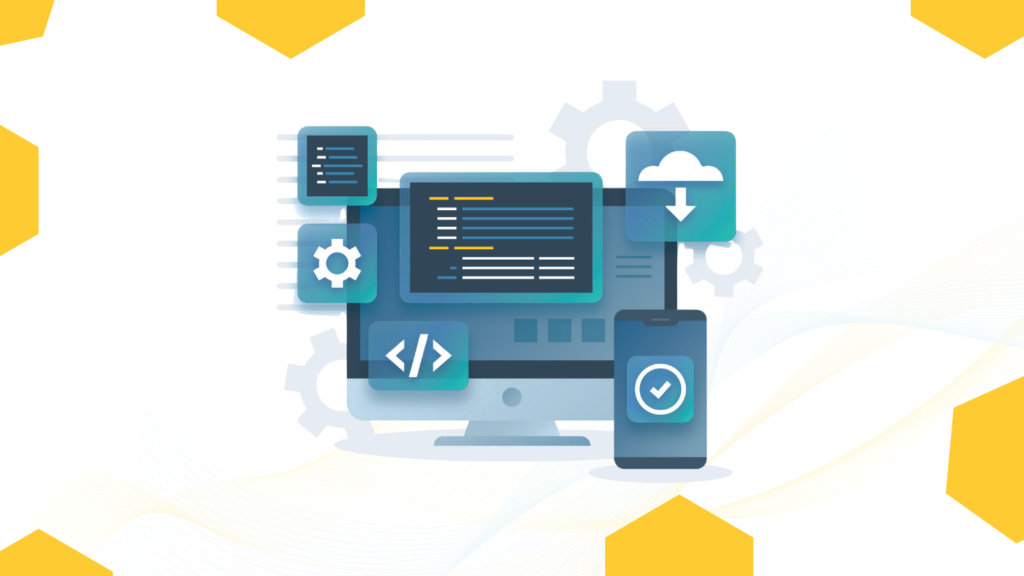
- PHP Upgrades & Maintenance
- Ongoing support for upgrading PHP versions, fixing bugs, optimizing performance, and maintaining websites.
- API Development & Integration
- Building and integrating RESTful APIs, third-party service integration, and creating custom APIs for business operations.
- SEO & Performance Optimization
- Using PHP and various tools to optimize website performance, improve loading times, and enhance SEO rankings.
